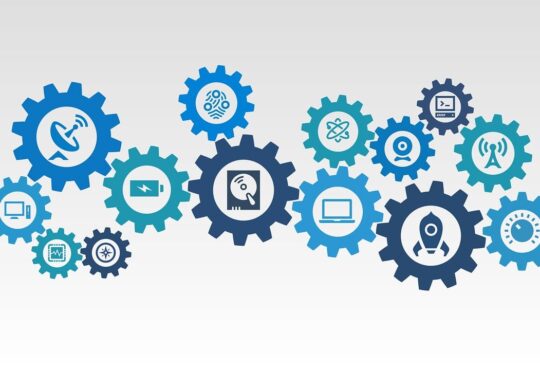
Kanchana Wickremasinghe is VP and GM for API and Integration Business Unit at WSO2. This article by Kanchana is about delivering digital experiences and why the right platform is key.
Earlier, we had mainframes, and it then evolved into client-server computing. Digitization continued, and digitization spread worldwide in the early 90s with the World Wide Web. APIs became an important factor when things got further distributed. We are now in an era where we all talk about digital transformation, taking a step into what customers expect.
Nowadays, customers expect a good personalized digital experience. It has to be seamless and predictive. Some organizations build their products, while some buy platforms and customize them.
Sadly, 70% of digital transformations fail. This is not because of the people or the technology; it is primarily because of the complexity involved. It is because you have not considered what you’re trying to achieve versus what you’re building internally. There are many available tools that are available for an organization to choose from and build your platform. This landscape is growing, so this is the complexity. When we look at the application lifecycle, the bulk of the innovation is in the development phase.
According to Dave Grey, a platform is a support structure that increases the effectiveness of the community. Internet is a platform; Amazon is a platform.
Building a platform takes time and effort. You must think about the following points when you build a platform –
- Democratization of development – graphical and textual coding
- Build for the cloud, on the cloud – cloud-native architecture
- Reusability and composability – APIs and identities
- Connect greenfield and brownfield – hybrid deployments
- Pipeline-tunes, automation – DevOps, CI/CD
- Real-time – streaming data
- Loose coupling – Event driven
- Discoverable, futureproof – Mesh architecture and microservices
60% of the budget for digital transformation goes into building internal platforms. So you are left with about 40% to get your real outcome.
In reality, enterprises need a readily available platform for innovation and enhanced engineering practice. To do this right, we have to adopt a new engineering paradigm. They need to create an engineering practice that can apply processes to give a good digital experience to their customers. They need a digital platform that provides a collection of business technologies or composable components that can be put them together without having to build on top of. You may not get it right the first time. But you can iterate fast enough because you’re not thinking about building the platform; you are thinking of combining the components. If you had a digital platform, you build the experience through applications. You’re giving a good experience to your customers. You can get faster feedback. You can iterate multiple times because you’re not thinking about the base platform.
When you build a platform, you’re thinking about cloud-native infrastructure. In the foundation services, you would have a marketplace to consume things your internal team has already developed. You will also have development, operations, and governance. In the middle, you have the digital core component, which will have APIs, Services, Integrations, and Identities. At the very top, to deliver the digital experience, you may use the Web, Mobile, Native Mobile Applications, or IoT.
At WSO2, we have put together our experience based on the work we have done for our clients and what we have learned from our clients to build that digital platform. We have built Choreo, which is a digital platform as a service for delivering new digital experiences fast. Choreo abstracts away the complexity of cloud-native infrastructure so you can create new integrations, services, and APIs in hours or days instead of weeks or months.









